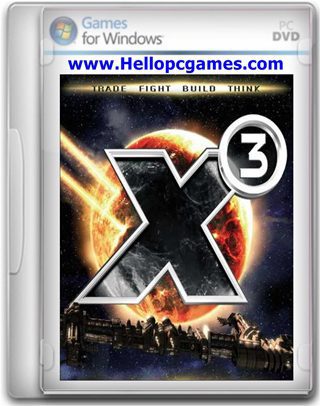

Morley stood upright, every inch the guy who was charged with holding it all together, his vocal an occasional moan floating out of the chaos.

This was something hazier, more mysterious, and far less aggressive.Įven for deep and nerdy fans, the Dead C’s first American tour in 1995 was a revelation, song form and improvisation jousting endlessly. It wasn't “noise rock”-that designation belonged to more structured acts releasing on labels like Touch and Go, AmRep, or Noiseville. Harsh 70s Reality was a double album in this same tradition, a massive dose of the muzzier songcraft mixed with the free-rock improvisation one usually associated with extremely high Germans in the ’70s, if one associated it with anything at all.

Nobody has ever completely understood what is going on with the fractured tape experiments on Royal Trux’s Twin Infinitives, released two years before Harsh 70s Reality, but it remains a little scary to ingest. The White Album found various combinations of Beatles putting everything from rock and folk to blues and avant-garde together in thrilling ways. The stacks of guitars, horns, and keyboards on Exile on Main Street took the Stones as deep into the heart of American blues as they cared to go, even if they cut it in France. It got hard to imagine in the 72-minute CD era that was the 1990s, but the double LP-by which I mean four sides running between slightly over an hour to 100 minutes-was once a major statement of purpose, an epic gesture, the moment a band expressed a worldview in as much detail as it saw fit. The CD version eliminated two songs, which, in retrospect, was both totally understandable and probably a mistake. Next, the mesmerizing single “Hell Is Now Love”/“Bone.” Then, Harsh 70s Reality, an old-school double album. Label owner Tom Lax first released the glorious 12" EP “Helen Said This”/“Bury.” The first song scans as one of the few breakup songs that actually sound like the time-as-molasses moments of internal chaos and distortion that accompany the end of a relationship the flip side is a dignified rumble. Harsh 70s Reality was the third Dead C recording to be released on Philadelphia’s Siltbreeze Records.

years after they appeared in NZ, with songs added and subtracted. If fellow islanders the Clean lived inside the third Velvet Underground album, the Dead C built a summer shack in “ Sister Ray” and stayed there year round.įrom 1987 until about 1990, the period covered by such collections as the DR503 LP (released on Flying Nun and about as “out” as they got), the Perform DR503b cassette (alternate takes of the former), the EUSA Kills LP, the monstrous cassette-turned-CD Trapdoor Fucking Exit, and a few EPs, the band’s discography could charitably be called “annoying.” Various takes of key songs appear here and there on various tapes and albums, obliterating any notion of a definitive version. They made it into a collage and xeroxed it, zooming in and distorting the details with each pass. For longtime Dead C listeners, Malkmus’ appreciation for Harsh was understandable, laudable, and perfect.įrom their start floating around the grotty 1980s New Zealand underground alongside Peter Jefferies, the incredible Plagal Grind, Alastair Galbraith, Dadamah, the Renderers, and many more, the trio took ideas from progressive and psychedelic rock, avant-garde improvisers such as AMM, minimalist composition, punk’s fuck-it stance, and Sonic Youth’s artier end. The Dead C took the line between “live” and “studio,” sometimes a very formal division in the rock fan’s mind, and smudged it beyond recognition (their “live album” Clyma Est Mort, something of a companion piece to Harsh 70s Reality, was recorded live in front of one person). The relative fidelity of the Dead C’s work seemed exactly matched to their aural goals, be it a rehearsal captured on a Sony Walkman WM-77, two-track, four-track or otherwise. While Pavement quickly moved into more traditional studios and more traditional acceptance, the Dead C continued to mess with fans’ ears, their perception of time, and often their patience. And Pavement’s onetime label Drag City released records from Dead C’s first label, Xpressway, which took its own name from the Sonic Youth staple “ Expressway to Yr Skull.” The bands seemed like distant cousins, as if the New Zealanders might get the younger act drunk at a family reunion and show them the magic of open tunings on a beat-to-hell acoustic guitar. For a while there, the Dead C-the trio of guitarist Bruce Russell, guitarist Michael Morley, and drummer Robbie Yeats-did pretty much the same thing, often at even lower fidelity. The early Pavement records pulled apart traditional songcraft and stapled it back together, covering hooks in gunk and fuzz, eschewing studio slickness for a looser sound and vibe.


 0 kommentar(er)
0 kommentar(er)
